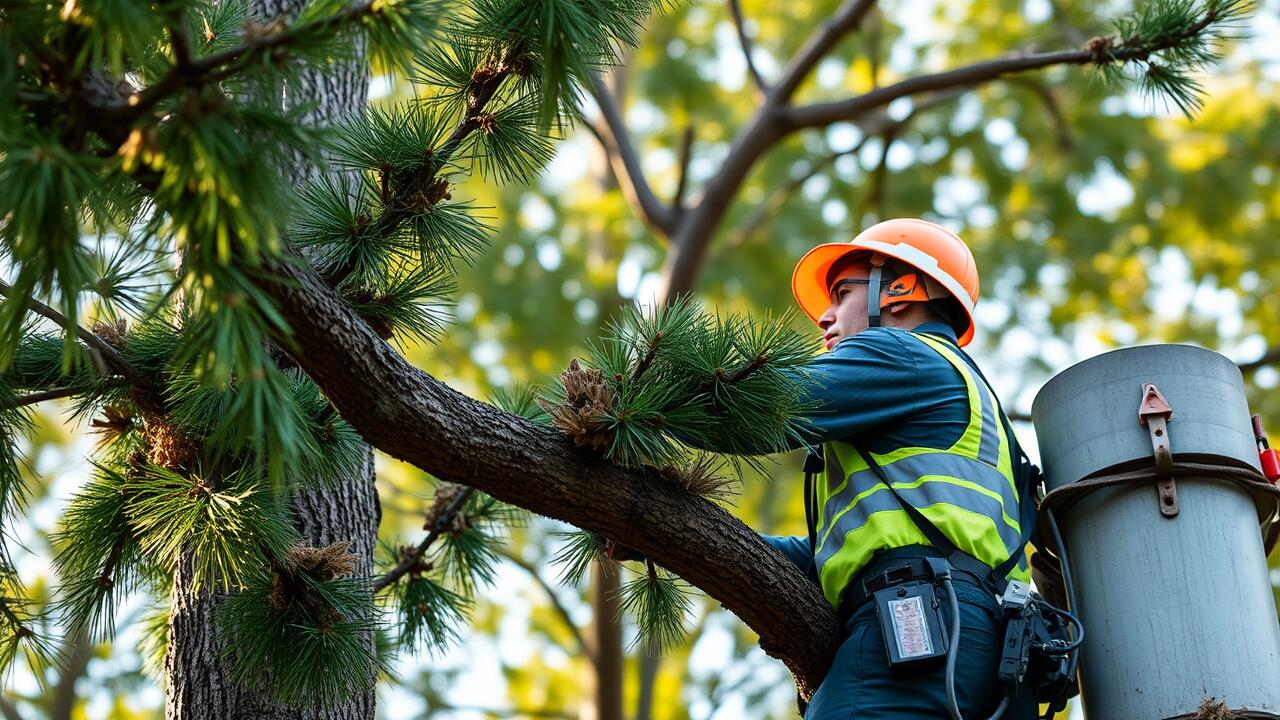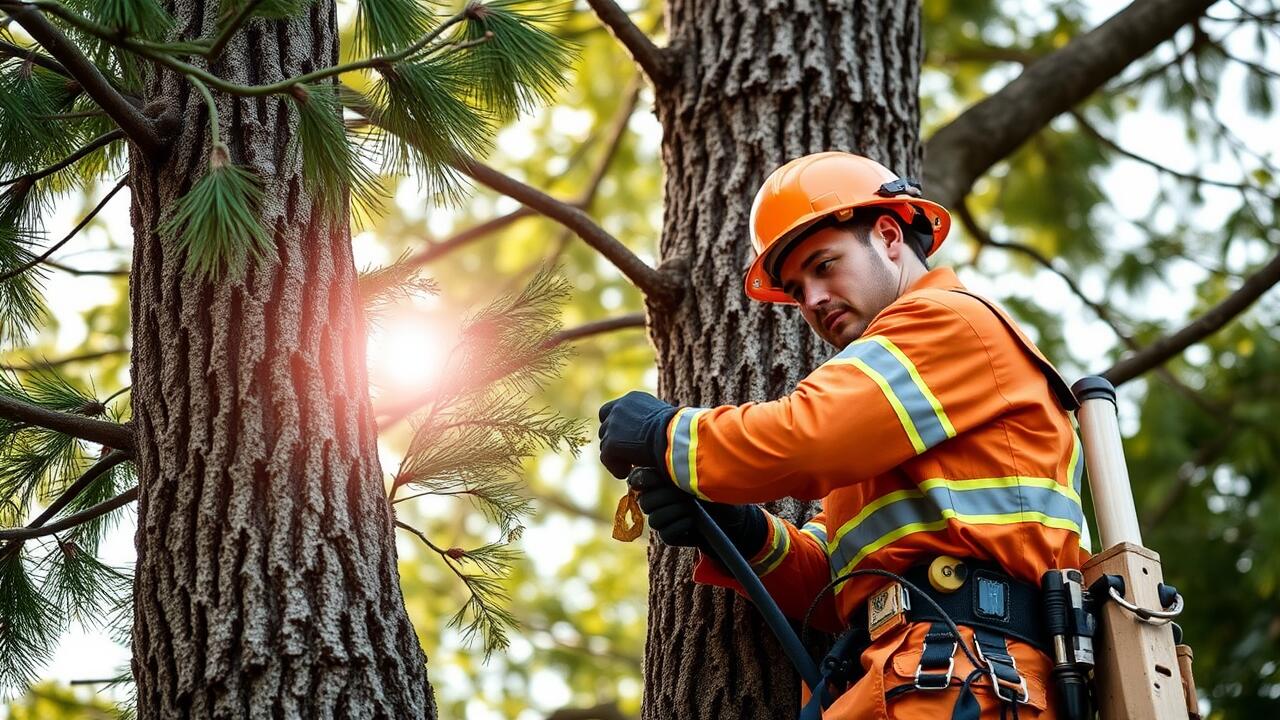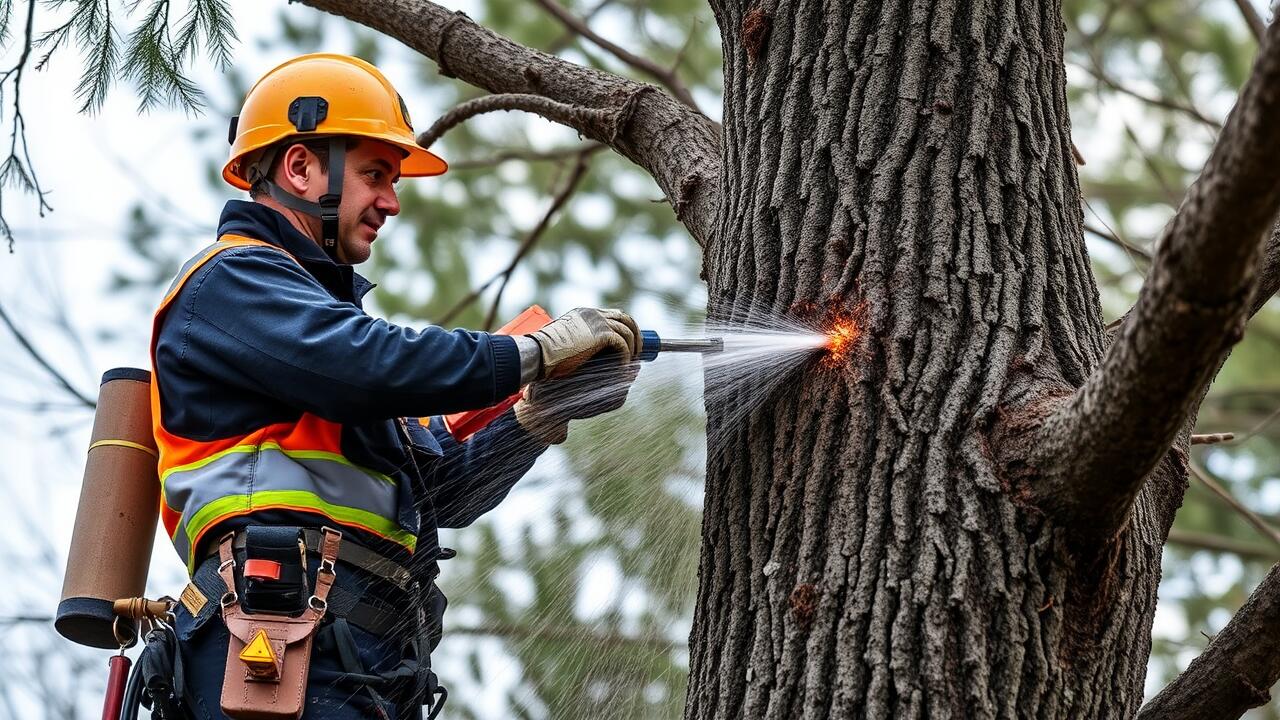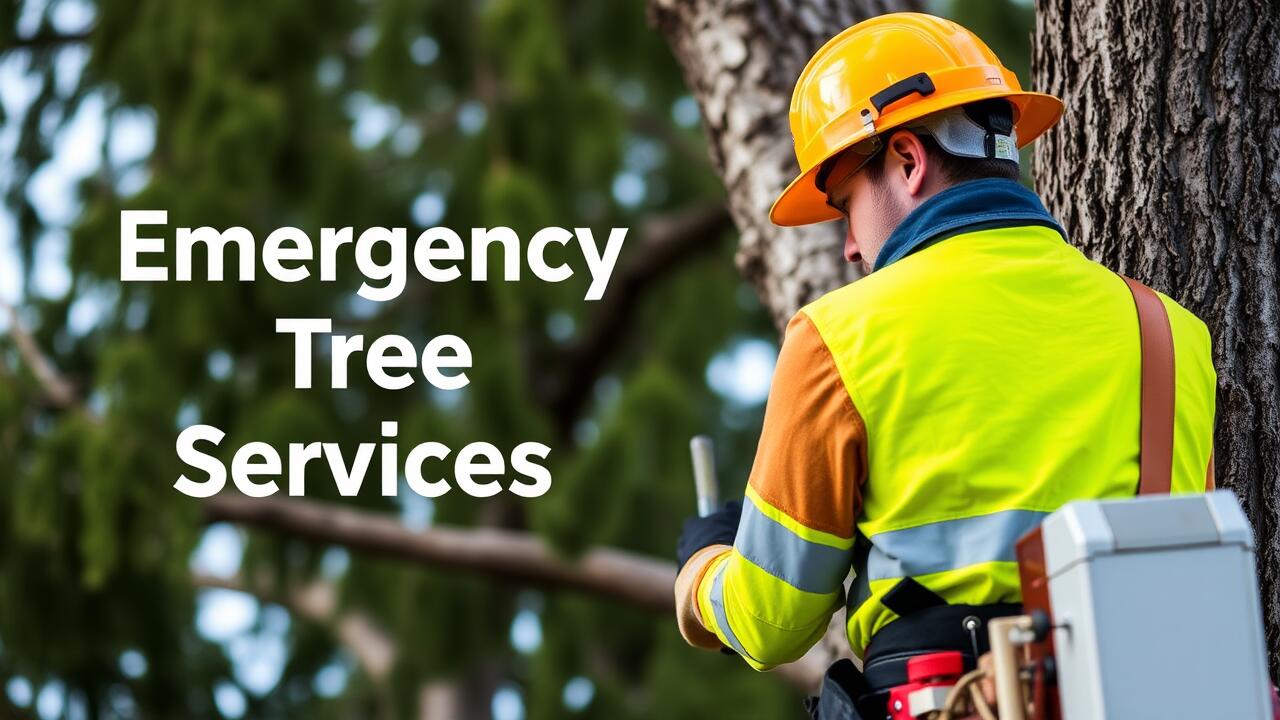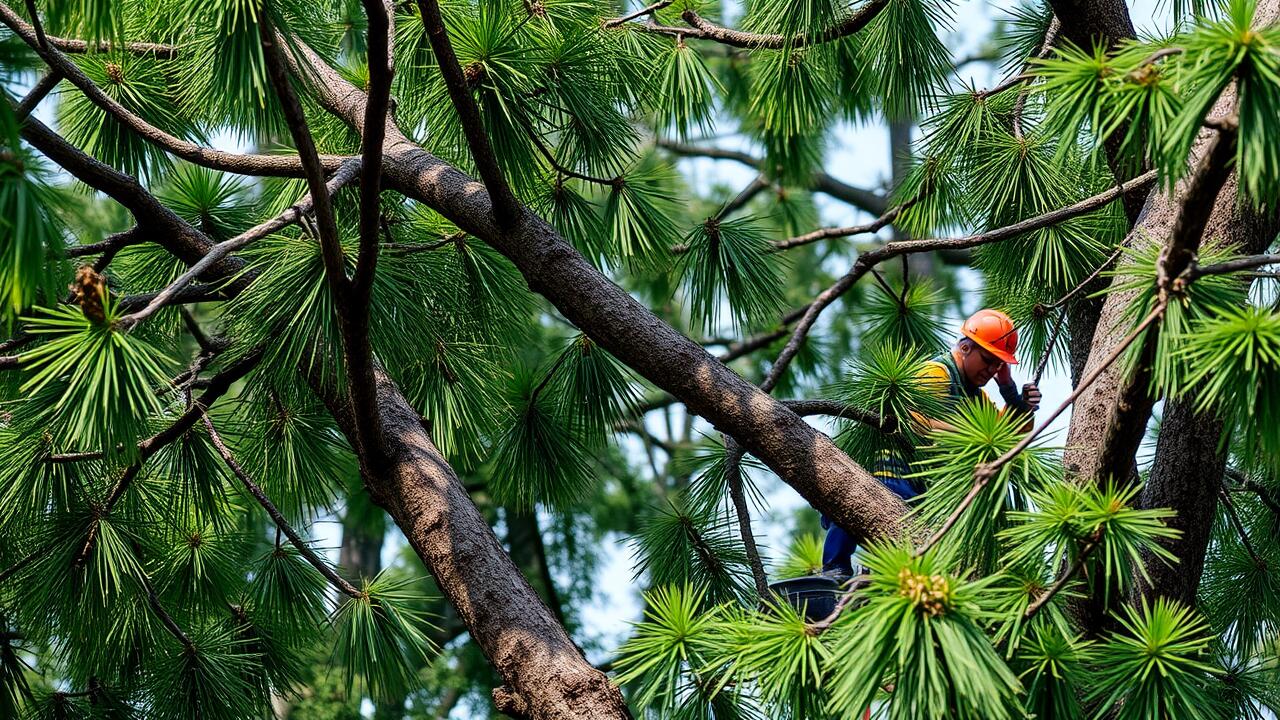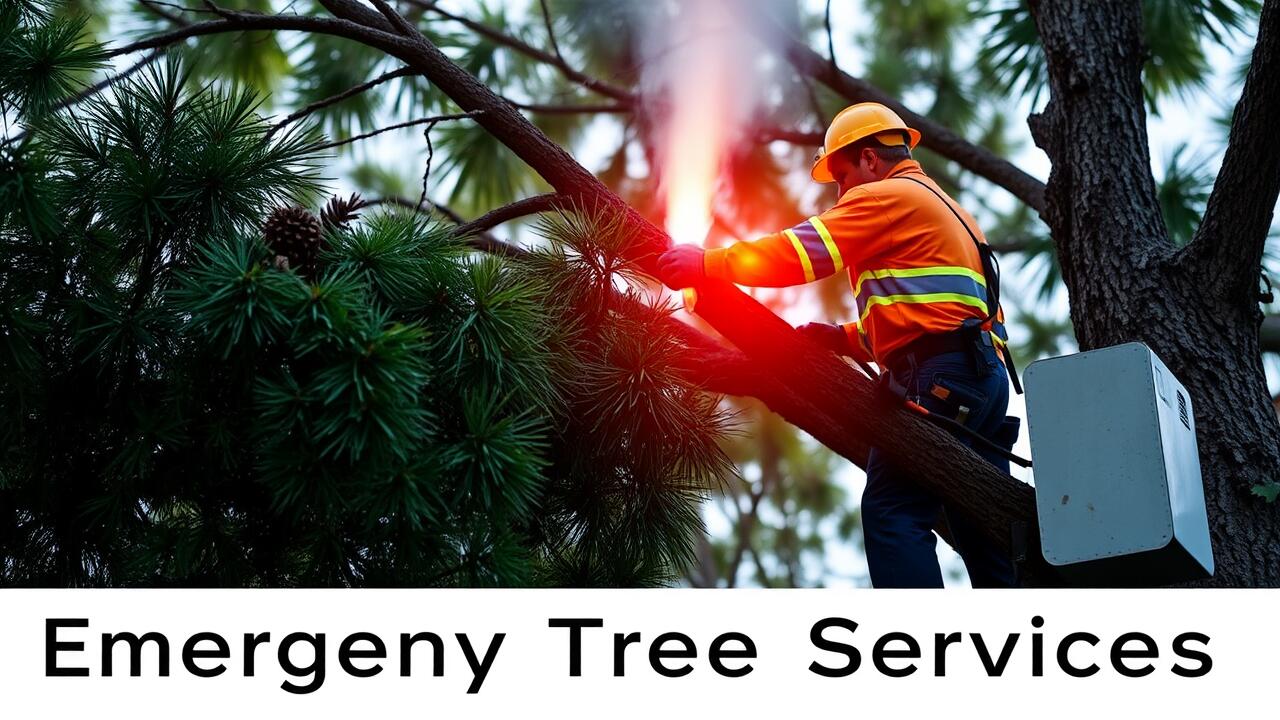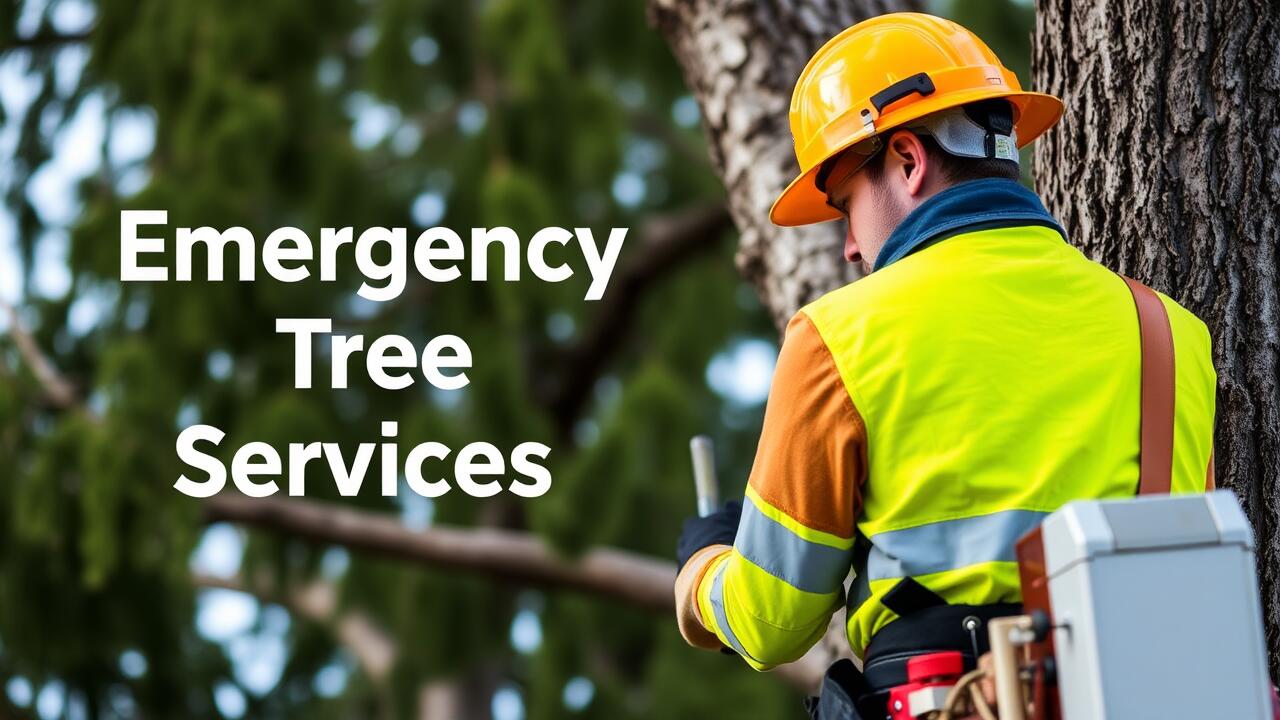
Summer Tree Maintenance
Summer is a critical period for tree maintenance. During this time, trees are in full growth mode, making it essential to monitor their health closely. Regular inspections can help identify any signs of stress, pests, or diseases. Ensuring trees receive adequate water and nutrients is also vital for their overall health. Homeowners often wonder when to seek professional help. If issues arise, turning to “Emergency Tree Services near me” can provide timely assistance.
Pruning during the summer can help maintain shape and remove any hazardous limbs. Care should be taken because summer pruning can stimulate new growth, which may not harden off before winter. This strategy is especially useful for trees that have developed overgrowth or for those needing minor adjustments to maintain their form. It's crucial to assess the specific needs of each tree species before deciding on the timing and extent of any trimming.
The Dangers of Late Season Trimming
Late season trimming can pose significant risks to tree health. As temperatures drop, trees enter dormancy, which slows their growth and healing processes. Pruning during this time can damage branches and lead to increased vulnerability to pests and diseases. Instead of rejuvenation, late trimming could impair a tree's ability to survive winter stresses, leaving it more susceptible to environmental challenges.
If you notice any signs of distress in your trees as winter approaches, it’s crucial to take action. Call for assistance from professionals specializing in tree care. Searching "Emergency Tree Services near me" can provide immediate help for addressing any urgent issues with your trees before winter fully sets in. Ensuring proper maintenance ahead of the cold months can make a significant difference for the health of your trees in the long run.
Fall Preparations for Trees
As autumn approaches, it's essential to prepare your trees for the coming winter months. Fall is a critical time for tree care, as it allows for necessary pruning and maintenance before the harsher weather sets in. Removing dead or diseased branches helps enhance the overall health of the tree and decreases the risk of breakage from snow and ice accumulation. A well-maintained tree stands a better chance against the rigors of winter.
Homeowners should also be vigilant in assessing the health of their trees as the season changes. Regular inspections can reveal signs of overgrowth, disease, or pest infestations that could worsen over time. If any issues arise that may require immediate action, seeking "Emergency Tree Services near me" can provide timely assistance to prevent potential hazards and keep your property safe. Taking proactive steps in the fall ensures your trees will be more resilient come spring.
Timing Your Last Trim Before Winter
As winter approaches, many property owners find themselves considering the necessary clean-up for their trees. The end of fall is usually the best time for a final trim, as it allows trees to enter the dormant season already pruned. This precaution helps prevent damage from heavy snow or ice accumulation on overgrown branches. Such preparation could save you time and trouble as winter weather sets in.
However, waiting too long can pose risks. Trimming too close to the first frost may weaken the tree's defenses against cold temperatures and pests. It's wise to schedule your last trim with enough time to ensure the trees can heal before winter hits. If you're uncertain about the timing or method, searching online for "Emergency Tree Services near me" can connect you with local professionals who can assist with your needs.
Signs Your Trees Need Pruning
Trees may display several signs indicating that pruning is necessary. One of the most common indicators is overgrowth, where branches become excessively dense, blocking sunlight and air circulation. This can lead to the development of pests and diseases within the tree. Additionally, dead or diseased branches can pose hazards, as they may fall unexpectedly. Keeping an eye out for these issues is crucial for maintaining tree health.
If you notice any of these signs, it may be time to consider professional help. Many homeowners search for "Emergency Tree Services near me" to address urgent pruning needs, especially if safety is a concern. Proper identification of branches in distress ensures that your trees remain healthy and structurally sound, contributing positively to your landscape. Regular assessments can help prevent larger problems in the future.
Recognizing Overgrowth and Diseased Branches
Identifying overgrowth in trees is essential for their health and proper growth. Look for branches that are crossing or rubbing against each other, as well as dense areas where sunlight struggles to reach the inner foliage. These conditions can lead to poor air circulation, making trees more susceptible to pests and diseases. Regular observation can help catch these issues early, allowing for timely intervention and healthier tree maintenance.
Diseased branches often present clear signs such as discoloration, wilting, or unusual growths like mushrooms or fungi. These symptoms can indicate larger problems affecting the tree’s overall vitality. If you notice such signs, it is wise to seek professional help. Searching for "Emergency Tree Services near me" can connect you with experts who can assess the situation and provide appropriate treatment options, ensuring your trees remain healthy and thriving.
FAQS
What months should I avoid trimming my trees?
Generally, it is advisable to avoid trimming trees during late summer and fall, especially just before winter. This is because trees are preparing for dormancy, and trimming can stress them and expose them to potential damage from cold weather.
Why is late season trimming dangerous for trees?
Late season trimming can leave trees vulnerable to diseases and pests. Additionally, wounds from pruning may not heal properly before winter, which can lead to increased susceptibility to cold temperatures and frost damage.
When is the best time to trim trees?
The best time to trim most trees is during late winter or early spring, just before new growth begins. This timing allows for proper healing and minimizes stress on the tree.
How can I tell if my tree needs pruning?
Signs that your tree may need pruning include overgrowth, diseased or dead branches, and branches that are crossing or rubbing against each other. If the tree's shape appears unbalanced or if it’s obstructing structures, it may also require attention.
Are there specific types of trees that require pruning during different months?
Yes, some trees have specific pruning needs. For example, flowering trees might benefit from pruning immediately after their blooms have faded, while other species may thrive with pruning during their dormancy in winter. It's important to research the specific needs of your tree species.
